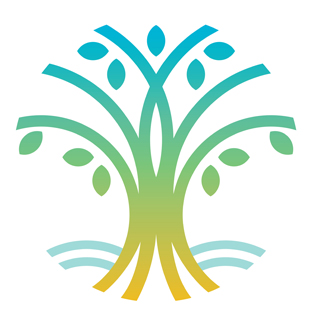Understanding the Basics of Reiki Healing
- Nikki Staley
- 8 hours ago
- 4 min read
Reiki healing is a gentle and natural practice that has gained popularity worldwide for its ability to promote relaxation, reduce stress, and support overall well-being. Rooted in ancient traditions, Reiki offers a holistic approach to health by channelling energy to help balance the body, mind, and spirit. This article explores the basics of Reiki, how it works, and practical ways to experience its benefits.
The Basics of Reiki: What You Need to Know
Reiki is a Japanese technique for stress reduction and relaxation that also promotes healing. It involves the transfer of universal energy through the practitioner's hands to the recipient. This energy flow is stimulates the body's natural healing processes and restore physical and emotional balance.
The practice is non-invasive and can be done with the recipient fully clothed. Reiki sessions typically last between 30 to 60 minutes, during which the practitioner places their hands lightly on or just above specific areas of the body.
Some key points about Reiki include:
It is based on the idea that energy flows through all living things.
Blockages or imbalances in this energy can lead to illness or discomfort.
Reiki aims to clear these blockages and enhance the body's ability to heal itself.
It can be used alongside conventional medical treatments.

How Reiki Healing Works
Understanding how Reiki works can be challenging because it involves subtle energy shifts in the body and mind. Negative emotions and trauma are held in the body, and reiki moves these emotions and trauma, allowing the body to release and rebalance to its natural healthy state. Many people report feeling warmth, tingling, or deep relaxation during a session.
The process begins with the practitioner connecting to the universal life force energy. This energy is then directed through their hands to the recipient. The practitioner may move their hands to different positions on the body, focusing on areas where energy flow is believed to be blocked or weak.
Reiki is thought to work on multiple levels:
Physical: It can help reduce pain, improve circulation, and support immune function.
Emotional: Reiki promotes emotional clarity, reduces anxiety, and helps release negative feelings.
Spiritual: It encourages a sense of peace, connection, and personal growth.
For those curious about the origins and detailed explanation, you can learn more about what is reiki through trusted sources.
Practical Applications of Reiki Healing
Reiki is versatile and can be applied in various settings, from professional clinics to home environments. Here are some practical ways to incorporate Reiki into daily life:
Personal Healing: Individuals can learn Reiki to practice self-healing. This empowers people to manage stress and maintain balance independently.
Supporting Medical Treatment: Reiki can complement medical care by easing side effects of treatments such as chemotherapy or surgery.
Emotional Support: During times of grief, anxiety, or depression, Reiki offers gentle support to help process emotions.
Enhancing Meditation: Reiki can deepen meditation practices by promoting relaxation and focus.
Animal Care: Reiki is also used to calm and heal pets, improving their well-being.

What to Expect During a Reiki Session
If you decide to experience Reiki healing, knowing what to expect can help you feel more comfortable and open to the process. A typical session includes:
Initial Discussion: The practitioner will ask about your health concerns and goals.
Comfortable Setting: You will lie down, fully clothed.
Hand Positions: The practitioner places their hands lightly on or above your body in a series of positions.
Sensations: You may feel warmth, tingling, or deep relaxation. Some people even fall asleep.
Duration: Sessions usually last 30 to 60 minutes.
Aftercare: Drinking water and resting afterward is recommended to help integrate the energy.
Reiki is safe for all ages and can be adapted to individual needs. It is important to communicate openly with your practitioner about your experience during the session.
Integrating Reiki into Your Wellness Routine
To maximize the benefits of Reiki healing, consider making it a regular part of your wellness routine. Here are some tips:
Schedule Regular Sessions: Consistency helps maintain energy balance and supports ongoing healing.
Practice Self-Reiki: Learning self-treatment techniques allows you to manage stress anytime.
Combine with Other Therapies: Reiki works well alongside massage, holistic or spiritual counselling, or yoga.
Create a Healing Space: Dedicate a quiet area at home for Reiki practice or meditation.
Stay Open-Minded: Healing is a personal journey; results may vary, so be patient and observant.
By embracing Reiki as part of a holistic lifestyle, you can enhance your physical health, emotional resilience, and spiritual growth.
Reiki healing offers a gentle yet powerful way to nurture your well-being. Whether you seek relief from physical discomfort, emotional balance, or spiritual connection, understanding the basics of Reiki can open the door to a transformative experience. Explore this ancient practice with curiosity and care, and discover how energy healing can support your journey to health and harmony.
Lynda and Nikki both offer reiki treatments at the clinic and you can also learn Reiki with Nikki. Learn more here.





Comments